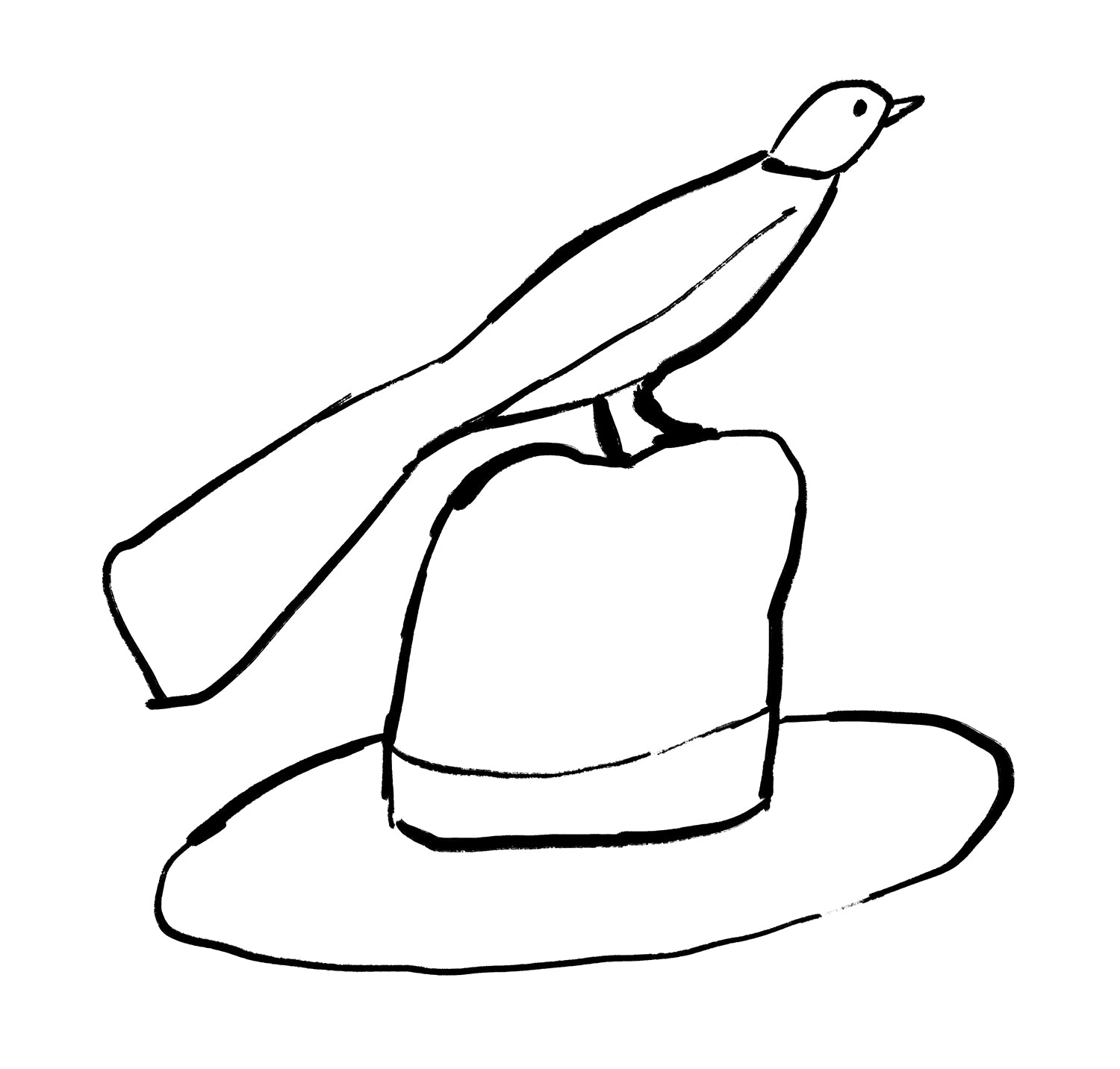
During his final year at Beckmans College in Stockholm in 2004, Erik Schedin designed what is considered to be the first of its kind; a minimal sneaker with no labels or logos featuring a monochromatic white leather upper and matching Italian-made rubber sole. Schedin officially launched his eponymous brand and webshop shortly after introducing the shoe, simply offering his white leather sneaker alongside a pair of deadstock American Optical frames and a Pledge furniture spray. The website's minimal design and its very personal selection of product quickly caught the attention of menswear blogs around the world and eventually landed his shoes a spot on the floor at the prestigious concept store, Dover Street Market.
Since then, Schedin has partnered with the legendary Japanese fashion label, Comme des Garcons, producing a collaborative sneaker celebrating the tenth anniversary of his brand. He continues to produce the original sneaker that was designed back in 2004, available exclusively on his own website as well as at DSM and now at Neighbour. We recently caught up with him to speak about the ideas behind his brand and what the future holds for him.
Being from Sweden can you speak about your background in design, what first interested you in product design and how your surroundings (or something other than this) have contributed to nurturing it over the years?
As far as I remember I've always been interested in design in terms of finding the perfect product. As a kid my ideas of perfection were often taken too far which was sometimes hard to handle. This is something that I've learned to tone down during the years, other things in life are more important to focus on. However my site has been the channel where these ideas of true perfection have been interesting to work with, also having had these feelings for almost my whole life everything is put into a nostalgic context.
In an industry obsessed with fast-paced “progression", your approach seems to be almost radical in its slowness, producing the same style in the same colours each season. Why have you chosen to run your brand in this way?
Haha, I probably won't win any prizes for the most profitable company... Also since my whole idea has been to develop a product of its purest perfection, that makes it hard to come up with new styles or models. I try constantly but most of the times ideas are cancelled on the sketch/thought level.
Was it a conscious decision from the beginning to limit your online exposure?
My idea was more about creating a world and telling a story with as few items or describing texts as possible. When starting I only had my sneakers in size 44, a pair of dead stock frames from American Optical and a furniture spray from Pledge that in some way poked fun of me being such a perfectionist. Surprisingly, these things worked quite well on their own and when removing them from my site only showing the sneakers in black and white, the message got even clearer.
The iconic design you first introduced over ten years ago has since become a ubiquitous style in the footwear market. Now that there are so many brands influenced by your original design, have you felt any pressure to create something different?
Actually not at all, in some way it feels exactly the opposite. Especially since the clean no logo sneakers that I designed back in 2004 were the first of their kind, pressure has more been about making something that is as good as they are.
What were some of your favourite shoes growing up? Did any of these inspire the design of your shoe?
I wasn't that much into shoes specifically when growing up, this interest has grown over the years. I was quite sad the other day though when realizing that I had thrown away my Nike Air Max 97 that I wanted to start using again.
While many other footwear brands today aim to create a feeling of exclusivity in their products, the limited output of your shoes seems natural and less contrived. You have also kept your list of retailers quite concise, being just Neighbour and Dover Street Market carrying your footwear at the moment. How do you feel about exclusivity?
The main thing is to keep everything as close to my initial idea and brand identity as possible. I see the stores where I'm represented more as showrooms rather than possibilities to earn money. Having that as a strategy also helps me to focus on the best stores only.
There is the phrase, “Necessity is the mother of invention”. Is designing out of necessity a fundamental part of your ethos?
Yes, definitely... That defines my business idea in a quite good way.
What can we expect from you in the near and far future?
I'm actually expanding my product range, finally, with new styles for Fall/ Winter 2016, all based on my first two styles designed back in 2004, the low cut and the high top model. The styles have been developed in canvas and suede keeping things as simple as possible. I'm also re-launching my original baseball cap that I designed and released in 2009.
Shop: Erik Schedin
More information: www.erikschedin.com
Total: $0 CAD
Shipping & taxes calculated at checkout*By deselecting Route Shipping Protection,
Customers acknowledge that Neighbour
assumes no responsibility for any lost,
misplaced, or stolen packages.
Customers acknowledge that Neighbour
assumes no responsibility for any lost,
misplaced, or stolen packages.




